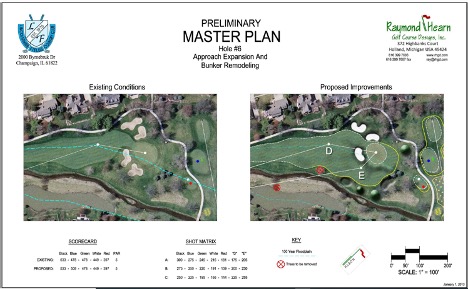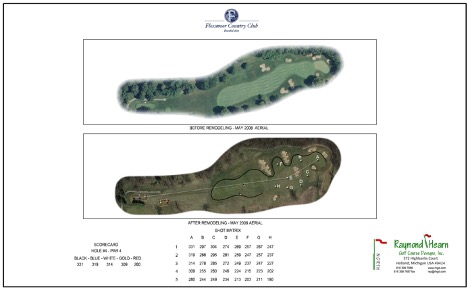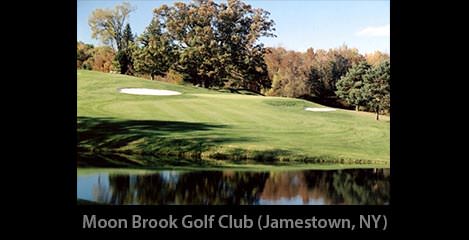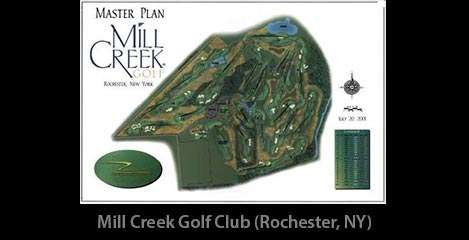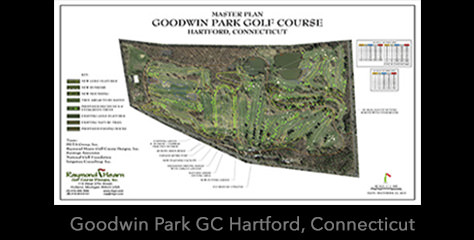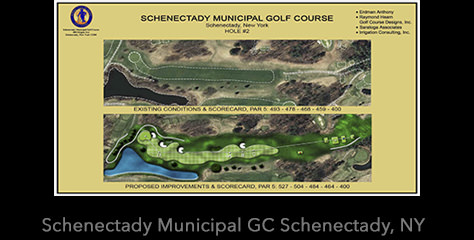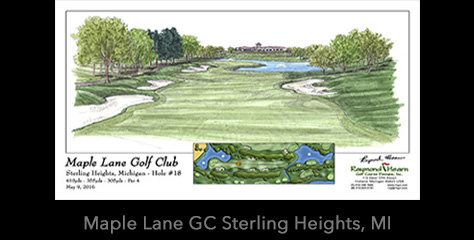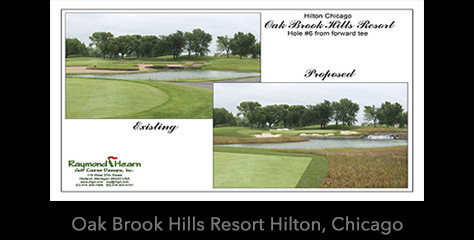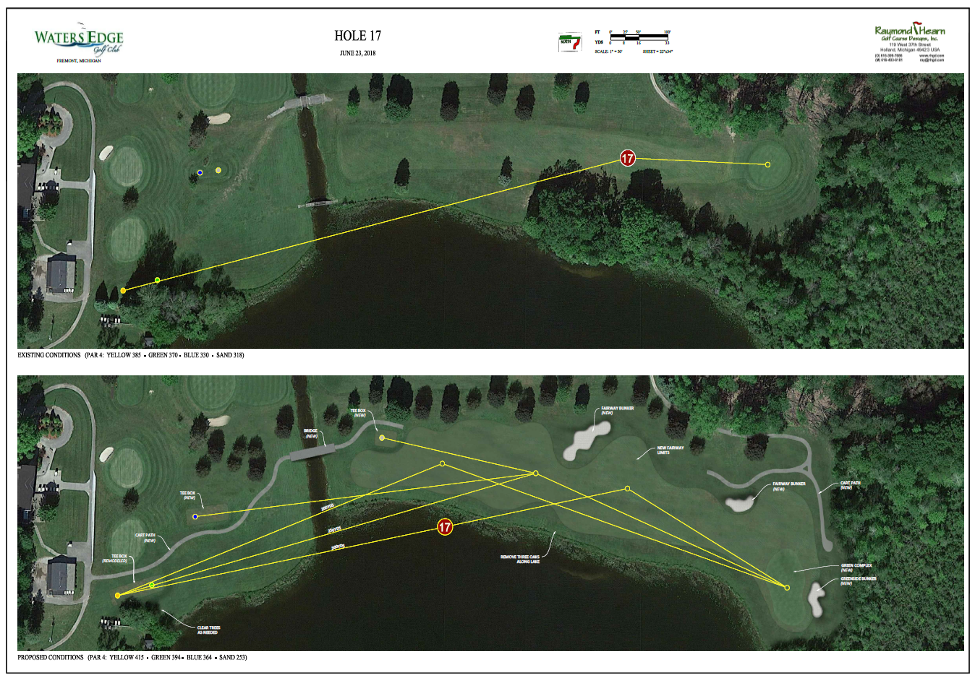 At Raymond Hearn Golf Course Designs Inc. (www.rhgd.com) we practice the art of phasing in golf course renovation projects to make them more affordable. We understand that many courses and clubs don’t have a lot of money to spend but wish to create a new twist, a buzz, something exciting for members and regulars or new members and customers.
At Raymond Hearn Golf Course Designs Inc. (www.rhgd.com) we practice the art of phasing in golf course renovation projects to make them more affordable. We understand that many courses and clubs don’t have a lot of money to spend but wish to create a new twist, a buzz, something exciting for members and regulars or new members and customers.
We have a renovation option that makes courses better and requires minimal amounts of money and minimal disruption to play. These types of renovations are most affordable for even courses or clubs with low funding options because they can happen slowly, by implementing small projects each year. The changes I will describe will make a big difference in playability, shot value, strategy and aesthetics on your golf course. It’s simple: Start by considering the removal of a few trees and then alter your fairway limits just in this area. You will be amazed at what this synergistic combination can achieve.
This type of renovation is based on courses (private, public and municipal) that are starting to lose a lot of shot value and strategy on their golf courses along the edges of holes. As years go on there has been a broad move to bring fairways in to save money on the number of acres that have to be treated with chemicals and mowed. That’s fine and understandable, but there is a “tipping point”. Many courses, even at private clubs, have taken this practice past a threshold. I have worked with some clubs that at one time had 120-foot wide fairways that are now 70 feet wide. Now let’s bring in the second variable – the trees. Harmlessly, over the years, certain owners at public golf courses or committee members at private clubs have led the effort to plant more and more trees especially along the edges of holes. They are small and harmless when planted with a canopy that might be only four-feet wide. Then fast forward 15 years and those canopies truly infringe on the edges of each hole. Lost are angles and shot options that were part of the original design.
Golf course architecture reduced down to its simplest principles is all about angles and options. Pete Dye was famous for designing holes with multiple angles and options for play. Alister MacKenzie was also brilliant at this, as were many other golf course designers from the Golden Age of golf course design.
Today sadly, many golfers stand on their tees determining the strategy for each hole. With a narrow fairway that is tree-lined with big trees with large canopies, the only strategy left for them is to hit it straight down the center of the fairway as far as they can. This happens gradually without warning. Most don’t see it happening. The better golfers who often hit it long and straight and kind of enjoy this tight hole evolution. Playability, shot value, and strategy has been lost on these narrow tree lined fairways especially for the mid-range to high-handicap golfer, and really even to the more skilled player. Angles and options have been eliminated.
Thank goodness for historical aerial photos. With their help, we help golfers see what has happened to the evolution of their golf holes, even at club with the great divide between those who love the trees and the others who want to take out all or most of their course’s trees. We show them historical photos of how the holes on their course have progressed, and how the canopies of the trees have moved toward the edges of the fairway. We also talk about what I call the double jeopardy of bunkers and trees. The bunkers through time become even more penal because a tree limb eventually grows and hangs in the way of the recovery shot as well. The bunker was likely designed to be difficult, but not that difficult. The original design also didn’t factor in trees through the years. Cutting to the chase, we show them each hole’s progression. We show them older aerials and then the current aerial and their jaws hit the floor. It’s a we-see-your-point moment.
Then with our creative team’s abilities on full display, we show them a blow-up of one of their holes and demonstrate that if we take down some obstructive trees, we can move this section of the fairway over by several feet and we have created a strategic angle or in most cases brought back a lost angle on the hole. People are visual and they clearly see this through the before and after images. We then typically win this argument 95 percent of the time. And the wonderful part. It can be very inexpensive to do. Most clubs clear in their off season. They might make a little money on selling the lumber. Fairway grass lines are then adjusted and improved to increase angles and options. The grassing limits are mowed down, eradicated with an herbicide, then seeded with the correct grass and pretty soon when the new grass seed in the vertical trenches pop up. Then golfers can begin to see a new play option on that particular hole.
At many courses, it can also open up what we call the Golden Age long views, corridors that look across two or three holes and into previously hidden off-course views in some cases visually powerful view sheds. This kind of renovation is the easiest for superintendents, general managers and golf professionals to all agree on as well. It’s affordable and less disruptive than any other golf course renovations. Give this type of project a try and you will be glad you did.
